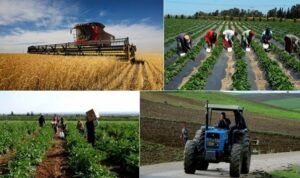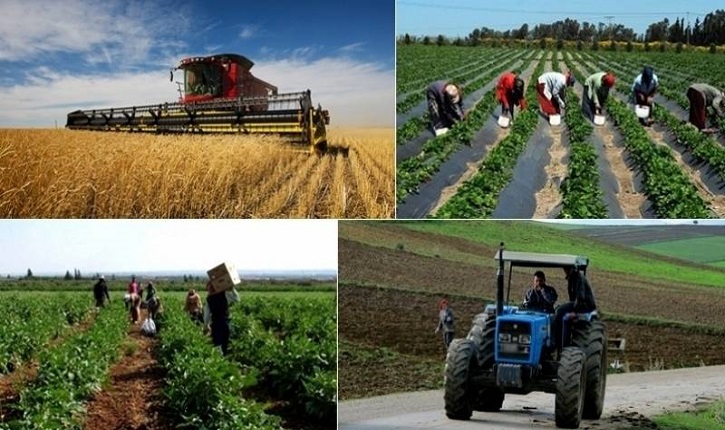Agricultural techniques adopted in Ramada and Tataouine
Local authorities seek to implement several projects in the region that contribute greatly to the preservation of groundwater resources and also reduce desertification and sand encroachment. They also encourage farmers to create irrigated areas by adopting modern irrigation techniques to rationalize water consumption
Traditional agricultural techniques
In order to adapt to the dry climate in Tataouine, farmers resort to various agricultural techniques such as sand bridge techniques to contain rainwater, simple drip farming (drop by drop irrigation): A simple drip irrigation system is used using a perforated tube directed to the roots of plants. This simple approach reduced water consumption and helped concentrate it where the plant needed it
Canals and leveled soil: Canals were used to direct water from its sources to the fields, and they also leveled the soil to direct the water better-
Combined cropping: It was used in some areas where farmers grew different crops in the same field which helped improve diversity and sustainability-
Use of native trees and plants: They planted native trees and plants that are well adapted to the dry environment and help improve livestock breeding and increase food diversity
Use of stone walls (concrete dams): They built stone walls around the fields to conserve soil and water and protect crops from strong winds and other weather influences
Water conservation: They took measures to conserve water such as collecting rainwater in tanks and ponds-

